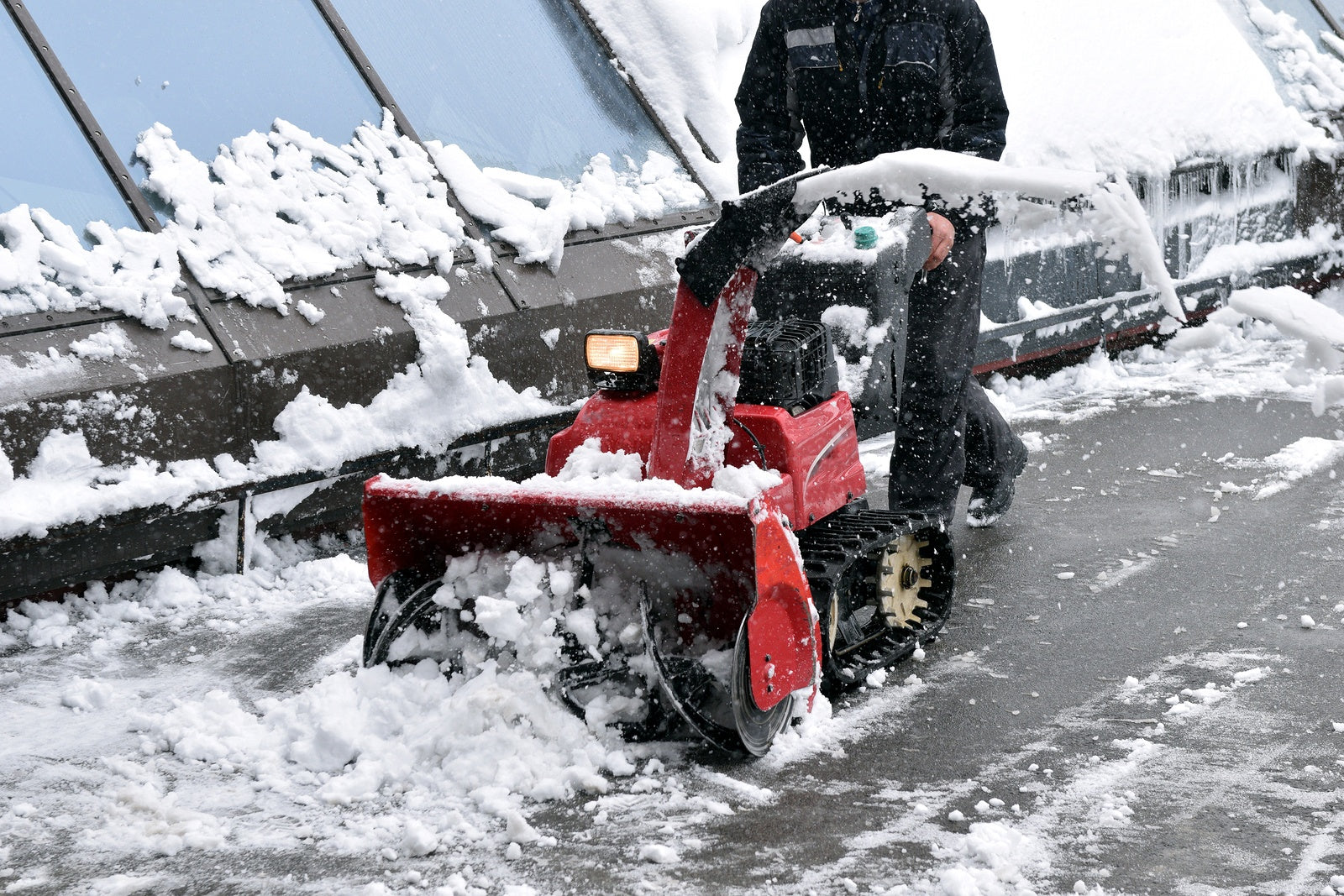 Winter brings a variety of challenges to facility managers, among them the need to "keep winter outside," instead of letting it indoors where snow-melt debris can damage your facility's flooring.
Winter brings a variety of challenges to facility managers, among them the need to "keep winter outside," instead of letting it indoors where snow-melt debris can damage your facility's flooring.
How does salt damage flooring?
While salt helps eliminate snow and ice, tracked-in water, mud, rocks, and sand can damage most types of flooring. For example, hardwoods can warp and mildew from moisture, while laminates can become damaged by the abrasive agents rubbing against their surfaces. Salt eats into their protective coating, foot traffic grinds the crystals against the laminate leaving small scratches, and dirt and grime can get trapped inside the scratches, making cleaning difficult.
Concrete floors are especially vulnerable to salt damage. The principle is the same as with outdoor pavements, where salt crystals infiltrate the concrete's porous surface and chemically weaken its structure. Salt can also cause the surfaces of concrete floors to corrode.
Using entrance mats to protect floors
By positioning high-quality entrance mats at all facility entry/exit points, you can greatly reduce the amount of snow, dirt, and salt that enters your building.
Mats should be placed both outside and inside of entrances, one at the exterior of the doorway, and two overlapping mats immediately inside it:
- The exterior mat should be coarse and rigid, fit for scraping off loose dirt and snow
- The first interior mat should be ridged and able to collect salt and smaller dirt particles
- The second interior mat needs to be highly absorbent to thoroughly dry footwear
Salt granules carried on boots and shoes are scraped and rubbed off during all three entrance-mat stages. On the final mat, dissolved salts are absorbed along with water.
Reducing the presence of salt with snow-melting mats
One of the most effective ways to keep salt off the footwear of people entering your facility is to avoid as much as possible the use of rock salt and other de-icers. However, it may be impractical to entirely eliminate their use, especially in parking lots and other outdoor areas of your facility, so you may want to keep the salt/de-icers on hand for these large spaces and use seasonal snow-melting mats along major foot traffic paths.


